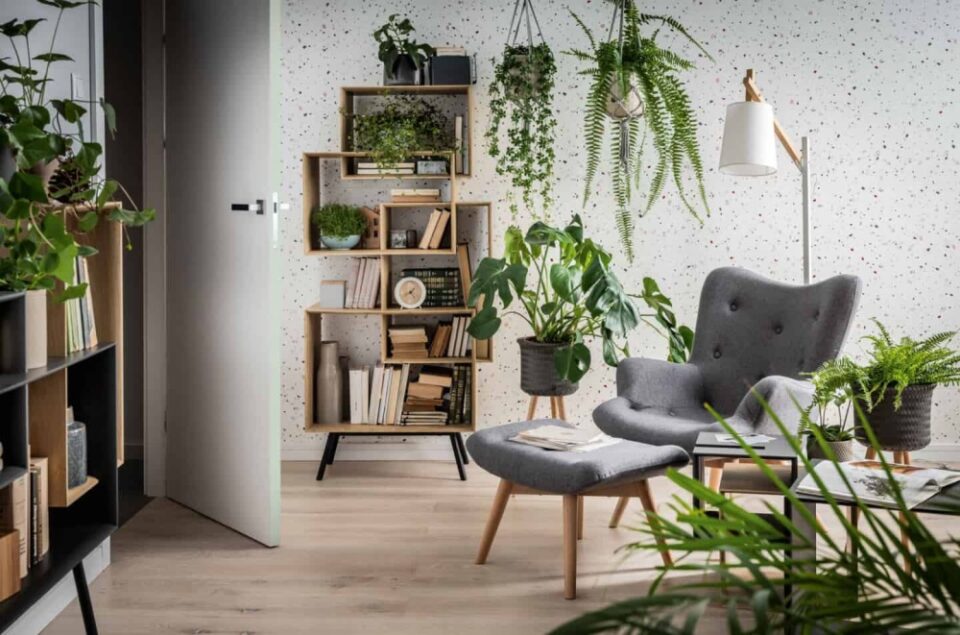In today’s fast-paced and urbanized world, people are increasingly disconnected from nature. This disconnection not only affects our mental and physical well-being but also impacts our productivity and creativity. Biophilic design, a concept that aims to reconnect people with nature in their built environments, has gained significant attention in recent years.
The Concept of Biophilic Design
Biophilic design is based on the idea that humans have an innate connection and affinity for nature. It involves incorporating natural elements, materials, and patterns into our indoor spaces, creating environments that mimic and embrace the natural world.
Biophilic design principles can be applied to various settings, including homes, offices, schools, and healthcare facilities. By integrating nature into our built environments, we can improve our mental health, increase productivity, and foster a sense of calm and well-being.
The Benefits of Biophilic Design
There are numerous benefits associated with biophilic design. Firstly, exposure to nature has a positive impact on our mental health. Studies have shown that being in nature or even viewing natural scenes can reduce stress, anxiety, and depression. Incorporating natural elements such as plants, water features, or natural light into indoor spaces can help create a calming and soothing environment.
Secondly, biophilic design has been found to enhance productivity and creativity. Research suggests that exposure to nature can improve cognitive function, attention span, and problem-solving abilities. By incorporating natural elements in workspaces or study areas, individuals are more likely to feel inspired and focused.
Furthermore, biophilic design can improve physical health and well-being. Indoor plants, for example, help purify the air by removing toxins and releasing oxygen. Natural lighting can regulate our circadian rhythms, leading to better sleep patterns. These elements contribute to a healthier and more comfortable living and working environment.
Implementing Biophilic Design
There are several ways to incorporate biophilic design into indoor spaces. Here are a few ideas:
- Introduce plants and greenery: Adding plants to your space is one of the easiest and most effective ways to bring nature indoors. Choose a variety of indoor plants that thrive in different light conditions.
- Maximize natural light: Allow as much natural light as possible into your space. Arrange furniture and workstations near windows to maximize daylight exposure.
- Use natural materials: Incorporate natural materials such as wood, stone, or bamboo in your design. These materials add warmth and a connection to the natural world.
- Create nature-inspired patterns: Use wallpapers or fabrics with nature-inspired patterns like leaves, flowers, or landscapes to bring the outdoors inside.
- Include water features: The sound of flowing water can create a calming effect. Consider incorporating a small fountain or a fish tank into your space.
By implementing these biophilic design strategies, you can create a harmonious and nature-inspired indoor environment that enhances your overall well-being and connection to the natural world.

